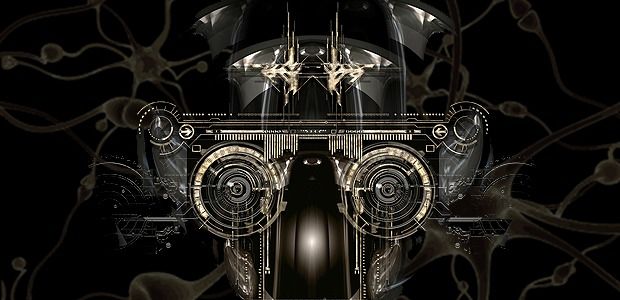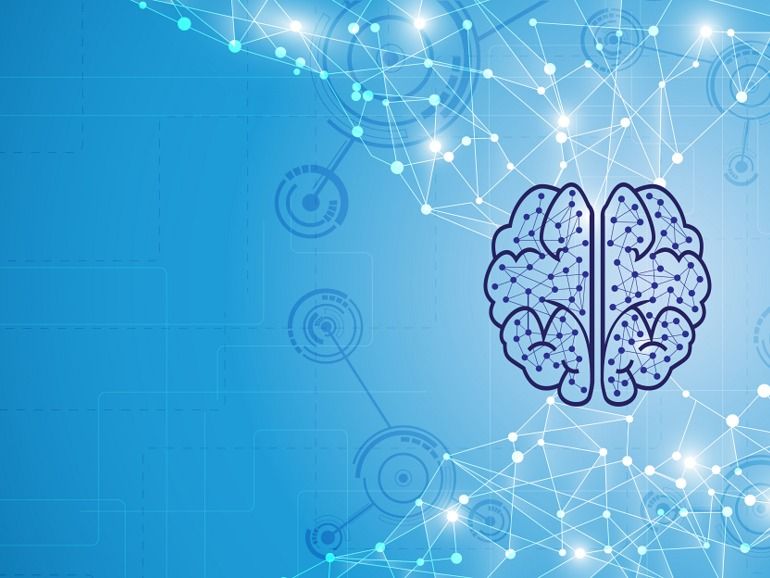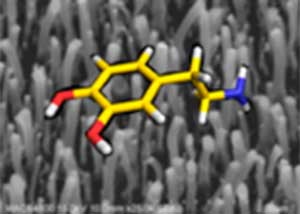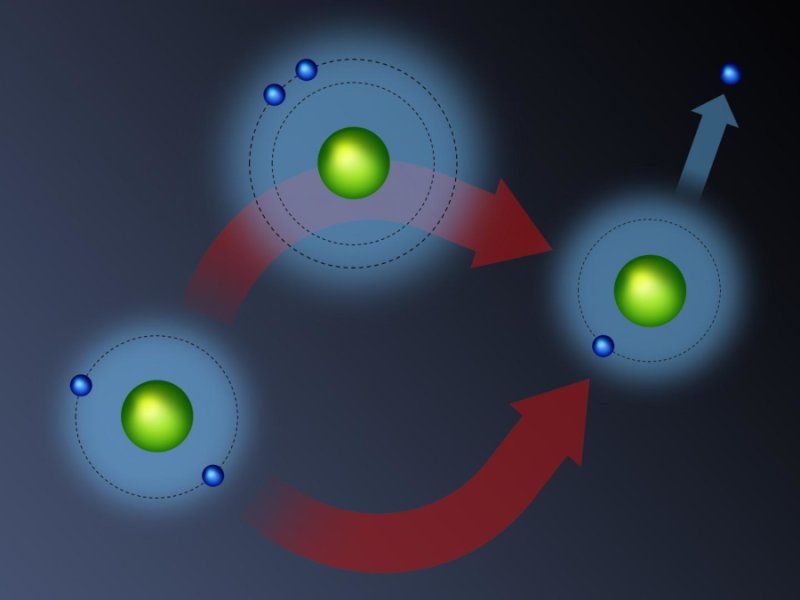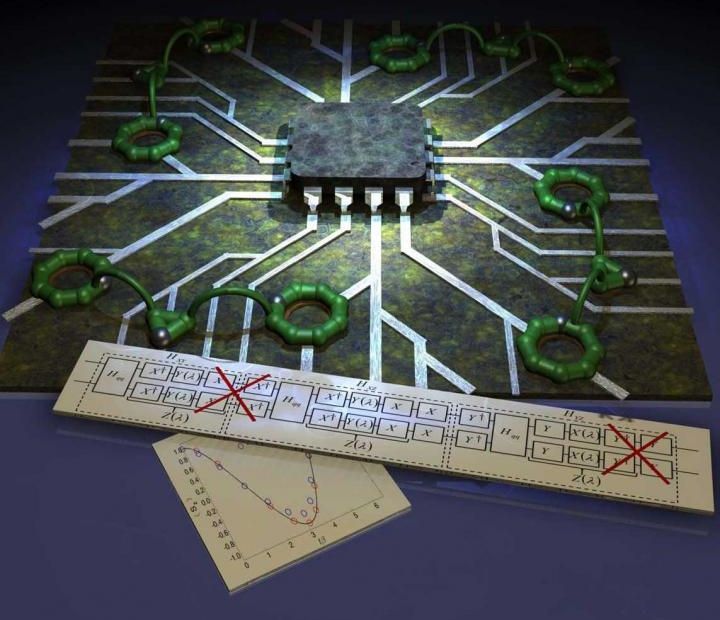Nov 10, 2016
Building the foundation for AI-enabled computer vision
Posted by Karen Hurst in categories: information science, robotics/AI
To better understand how the brain identifies patterns and classifies objects — such as understanding that a green apple is still an apple even though it’s not red — Sandia National Laboratories and the Intelligence Advanced Research Projects Activity are working to build algorithms that can recognize visual subtleties the human brain can divine in an instant.
They are overseeing a program called Machine Intelligence from Cortical Networks, which seeks to supercharge machine learning by combining neuroscience and data science to reverse-engineer the human brain’s processes. IARPA launched the effort in 2014.
Sandia officials recently announced plans to referee the brain algorithm replication work of three university-led teams. The teams will map the complex wiring of the brain’s visual cortex, which makes sense of input from the eyes, and produce algorithms that will be tested over the next five years.
Continue reading “Building the foundation for AI-enabled computer vision” »
